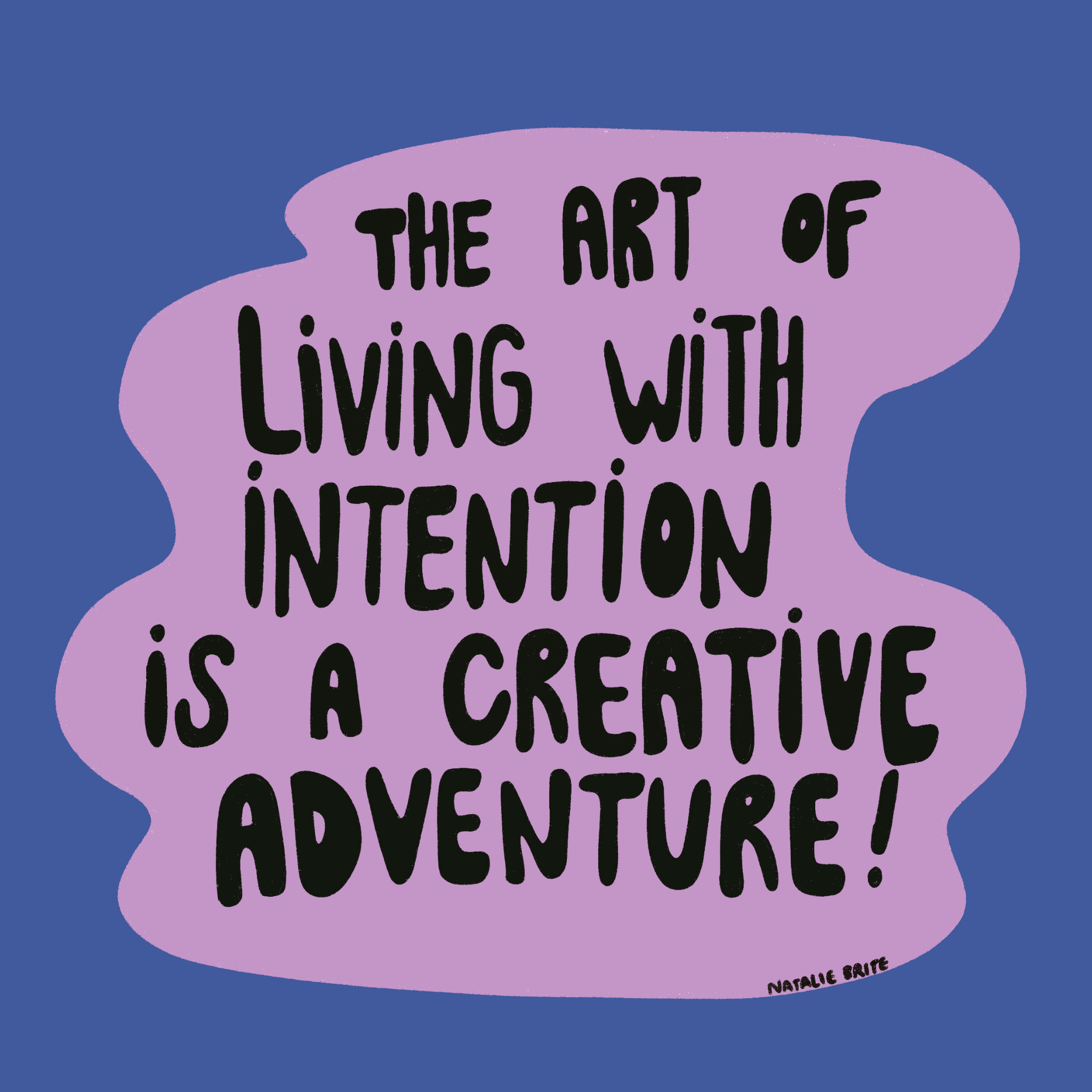How to Plan Your New Year as a Small Business Owner Who Doesn’t Like Planning
For many small business owners, planning for a new year can feel overwhelming, especially if traditional methods of goal setting and strategizing don’t resonate with you. If you dislike rigid planning but still want to set meaningful intentions for your business, this guide is for you.
Instead of diving into spreadsheets or endless to-do lists, this approach encourages you to reflect, dream, and design your year in a way that aligns with your creativity, values, and unique working style.
My Creative Process for Envisioning a New Year
Each December, I set aside time to create what I call a "New Year Playbook." It’s a mix of reflection, creative exploration, and intentional decision-making. Here's how I approach it:
Release What No Longer Serves You
Start by identifying what you’re ready to leave behind. What didn’t align with your values or bring joy? For me, this could be services I no longer want to offer or habits that felt draining.
Dream About Your Vision for the New Year
Without overthinking the “how,” write down what you’d love to create, experience, and feel in the year ahead. Let your imagination guide you.
Set Priorities
Define what truly matters. What skills do you want to cultivate? What brings you joy and energy? For example, I prioritize creative projects that align with my values and ditch anything that feels like overproduction.
Identify What You Want to Stop and Start
I create two simple lists: what I want to stop doing (like overworking) and what I want to start doing (like collaborating more).
Outline New Projects Based on Your Priorities
From your reflections, brainstorm new projects that align with what you value most. These become the foundation for your year ahead.
Create a Flexible Plan
I break the year into quarters and loosely assign projects, leaving space for flexibility and creativity.
A Creative and Intentional Approach to Planning
Step 1: Reflect on the Past Year
Begin by looking back on the past 12 months. Ask yourself:
What were the highlights of the year?
What actions or decisions led to those highlights?
What challenges did you face, and how did you navigate them?
What would you do differently moving forward?
This reflection helps you release what no longer serves you and identify what you want to carry into the new year.
Step 2: Envision the Year Ahead
Set aside time to dream about your ideal year. Use these prompts to guide your vision:
What does success look and feel like to you in 2025? (Keep in mind that you may need to redefine success for yourself!)
What do you want your business to be known for?
What projects or initiatives excite you the most to give your attention to?
This step isn’t about creating detailed goals but about exploring your desires and values.
Step 3: Prioritize What Matters
From your vision, identify 2-3 key priorities for the year. These could be personal or professional but should align with what brings you the most fulfillment. Examples include:
Cultivating a skill you’ve always wanted to develop.
Building deeper connections with your community or clients.
Simplifying your business to focus on what truly lights you up.
Step 4: Design Quarterly Themes
Break your year into quarters and assign each one a theme based on your energy and natural rhythms. For example:
Q1 - Reflection and Planning: Keep in mind that if you reside in the Northern Hemisphere that during quarter 1 of a year we are still in Winter. Consider how you can learn from the patterns and habits of nature during the winter time, applying those lessons to how you also run your business. For example: During the winter, nature slows down, stores resources, and is not focused on growth.
Q2 - Creation and Experimentation: Again, considering the lessons that nature provides us, think about how you can operate your business in a way that is in alignment with the natural world around you. If you reside in the Northern Hemisphere, you’ll notice that we begin to move into Spring during this time. Things begin to bud, and the earth appears to be waking up. This is a good time to start planting seeds!
Q3 - Growth and Visibility: As we begin to move into the Fall in the Northern Hemisphere, this is typically a peak harvest time of the year when we can reap what we sowed in previous months. This is a good time of the year to allow the biggest growth season to occur.
Q4 - Rest and Recalibration: As the earth begins to slow back down and enter a winter state, as can we!
Assign projects or initiatives to each quarter that align with its theme.
Step 5: Set Intentional Goals
Rather than overwhelming yourself with long lists, choose 1-3 meaningful goals per quarter. Ensure they are specific, actionable, and measurable.
For example:
Grow your newsletter audience by 500 subscribers in Q2.
Launch a new service aligned with your values in Q3.
Reduce social media time by 50% in Q4.
Step 6: Create a Daily Workflow That Aligns
Identify the habits and actions that will support your goals. These could include:
Setting aside time for creative projects each week.
Practicing self-care to maintain focus and energy.
Blocking time for deep work to avoid distractions.
Integrate these habits into your calendar to ensure they become part of your routine.
Practical Tools for Your New Year Playbook
Here are some tools and frameworks to help you stay organized and aligned throughout the year:
Reflection Journal: Use prompts to review each quarter and adjust your plan as needed.
Vision Board or Mind Map: Visualize your priorities and projects for the year.
Quarterly Review Checklist: Schedule time to reflect and refine your goals every three months.
Digital Tools: Trello, Notion, or Asana can help you manage tasks and projects.
Why This Approach Works
By focusing on your natural rhythms and values, this process helps you:
Stay connected to your creativity.
Avoid overwhelm by taking a quarterly approach.
Align your business with what truly matters to you.
Planning doesn’t have to feel rigid or overwhelming. By embracing a creative and intuitive approach, you can design a year that feels purposeful, joyful, and aligned with your values.
If you’d like personalized support in planning your next year, reach out to learn about our creative strategy services. Let’s make 2025 the year your business thrives on your terms.
Until next time…
Natalie Brite



